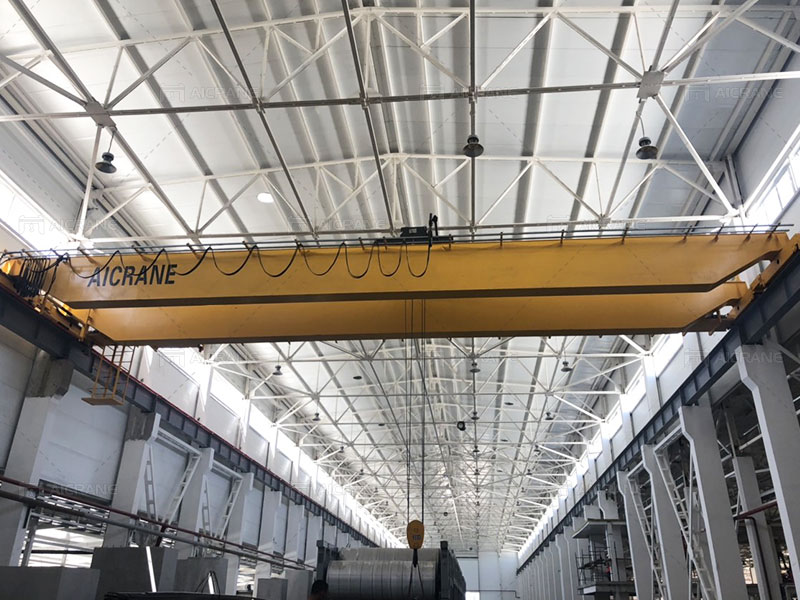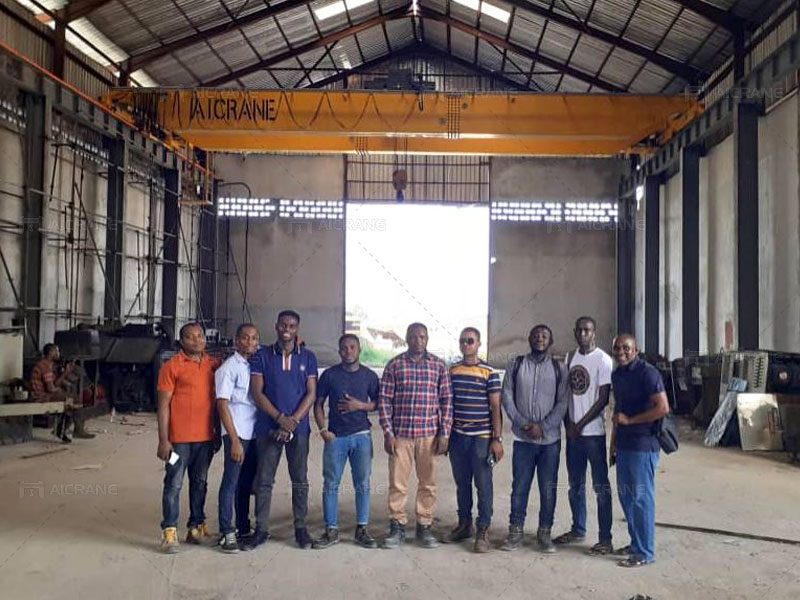Purchasing a 30-ton overhead crane is a significant investment for any business, and securing the best price is essential for cost-efficiency without compromising on quality. Whether you’re buying for a manufacturing plant, warehouse, or construction site, negotiating effectively can save you substantial money. This guide provides actionable tips to help you navigate the negotiation process and obtain a high-quality 30 ton overhead crane price.

1. Understand Your Requirements
Before entering price discussions, be clear about your specific needs. Understanding your crane requirements will help you avoid unnecessary features and ensure the supplier provides accurate pricing. Key factors to determine include:
- Lifting capacity: Ensure it meets your current and future load requirements.
- Span and lifting height: Know the dimensions of your work area to get the right size crane.
- Control system: Decide between manual, remote, or automated controls based on your operational needs.
- Duty cycle: Assess how frequently and intensely the crane will be used (e.g., light, moderate, or heavy-duty cycles).
Clear specifications eliminate ambiguity and ensure quotes reflect what you need, setting the stage for productive negotiations.
2. Research the Market
To negotiate effectively, understand the market pricing for overhead cranes. Compare prices from multiple manufacturers and suppliers globally. Factors influencing price differences include:
- Brand reputation: Well-known brands may charge more for reliability and advanced technology.
- Geographical location: Prices may vary due to local labor and material costs.
- Economic conditions: Supply chain disruptions, raw material prices, and demand trends can impact pricing.
By benchmarking quotes from competitors, you’ll gain leverage when negotiating with your preferred supplier.
3. Request Detailed Quotes
Ask potential suppliers for comprehensive quotations. A detailed quote should include:
- Base crane price.
- Costs for additional features (e.g., anti-sway technology, custom spans).
- Installation and transportation fees.
- After-sales services, such as maintenance and training.
Understanding each cost component gives you an advantage when negotiating. For instance, if a supplier offers a lower base price but charges high for installation, you can negotiate to bundle services for a better deal.

4. Capitalize on Timing
Timing plays a crucial role in price negotiations. Suppliers may offer discounts during specific periods, such as:
- End-of-quarter/year sales: Companies aim to meet revenue targets and may lower prices.
- Economic slowdowns: Demand drops can result in reduced pricing to attract customers.
- Trade fairs and exhibitions: Special offers are often provided during events to attract buyers.
Strategically plan your purchase to coincide with these periods for better negotiation outcomes.
5. Leverage Long-Term Partnerships
Suppliers value repeat customers and long-term relationships. If you’ve previously purchased equipment or plan to buy more in the future, highlight this during negotiations. Some advantages include:
- Discounts on bulk or repeat orders.
- Priority access to promotions.
- Favorable payment terms.
If you’re a first-time buyer, expressing interest in future collaborations can also encourage the overhead crane supplier to offer competitive pricing.
6. Negotiate Beyond the Price
While the upfront cost is important, other terms can significantly affect your total expenditure. Negotiate on:
- Payment terms: Ask for flexible payment options, such as installments.
- Warranty coverage: Extend the warranty period for added value.
- Free installation or training: Request additional services at no extra cost.
- Spare parts packages: Negotiate discounts or freebies for essential parts.
Suppliers may be more willing to offer added benefits than outright reduce the price, especially if profit margins are tight.
7. Consider Local Suppliers
Although international manufacturers may appear cheaper upfront, local suppliers often provide advantages in the long run:
- Lower transportation costs.
- Faster delivery times.
- Easier access to maintenance and support services.
Local suppliers may also be more open to negotiations as they compete for nearby projects.
8. Highlight Your Budget
Be upfront about your budget but don’t reveal your maximum spending limit immediately. Share a conservative figure and let the supplier work within those constraints. This approach prevents overspending and ensures you receive a quote closer to your ideal range.
9. Use a Professional Approach
Professionalism during negotiations can leave a positive impression and result in better offers. Tips include:
- Clearly outline your needs and budget constraints.
- Respectfully counteroffer without undervaluing the product.
- Be firm but polite when discussing terms.
Building rapport with the supplier can lead to more favorable outcomes and pave the way for future collaborations.
10. Evaluate Total Cost of Ownership (TCO)
The upfront price is only part of the story. A low-cost crane might result in higher long-term expenses due to frequent repairs or inefficiencies. When negotiating, factor in the following:
- Energy efficiency: Modern, energy-saving cranes may cost more initially but save money over time.
- Durability and reliability: High-quality eot cranes reduce maintenance costs.
- Ease of operation: Ergonomic designs improve productivity and reduce labor costs.
Suppliers who can justify a higher upfront price with long-term benefits might be worth considering.
11. Be Ready to Walk Away
Sometimes, the best negotiation tactic is to walk away. If the supplier isn’t willing to meet your expectations, explore alternatives. Communicating that you’re considering other options can pressure them to offer a better deal.
12. Inspect the Supplier’s Credibility
Choose a reliable supplier with a proven track record. This ensures you’re negotiating with a company capable of delivering quality products and services. Verify their:
- Customer reviews and testimonials.
- Certifications and compliance with industry standards.
- Past projects and client list.
Trustworthy suppliers are more likely to engage in fair negotiations and uphold their commitments.
Final Thoughts
Negotiating the best price for a 30-ton overhead crane requires a blend of research, timing, and communication. By understanding your requirements, exploring the market, and focusing on long-term value, you can secure a high-quality crane at a price that aligns with your budget. Remember, the goal isn’t just to save money but to ensure the crane meets your operational needs efficiently.
When approached strategically, the negotiation process becomes a win-win for both you and the supplier, paving the way for a successful purchase and future partnerships.
